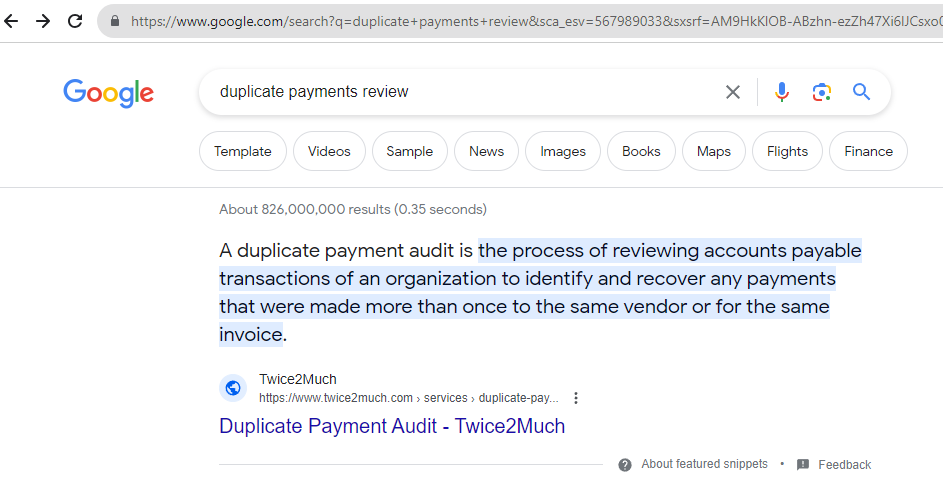When deciding between a trailing stop loss and a take profit order, it ultimately depends on one’s trading strategy, goals, and market conditions.
A trailing stop loss is a dynamic tool that adjusts itself according to market movements. It locks in profits while allowing a trade to continue gaining if the market direction is favorable. Traders often use trailing stops in volatile markets or when they anticipate trends that could yield significant profits. The compelling advantage of a trailing stop loss is its flexibility; as the market swings in your favor, the stop loss moves with it, minimizing potential losses while securing gains. This approach is well-suited for traders who can’t continuously monitor a trade, as it automatically adjusts to support successful positions.
On the other hand, setting a take profit order is a more conservative strategy. It involves defining a specific price level at which the trade will automatically close, securing the profit. This approach offers control and precision, allowing traders to exit a position at pre-determined levels of profitability. It’s beneficial in markets with predictable or steady trends where sudden reversals are less likely. Additionally, it removes emotional decision-making from exits, ensuring that profits are taken as soon as targets are met.
Personally, I often use a trailing stop loss when trading in highly volatile markets with substantial price movements, enabling me to capitalize on potential upswings while protecting my downside. However, I also deploy take profit orders in stable markets where price targets can be reasonably anticipated. The choice between these methods is influenced by current market condition assessments and the risk-reward balance I aim to achieve in a given trade.

No responses yet